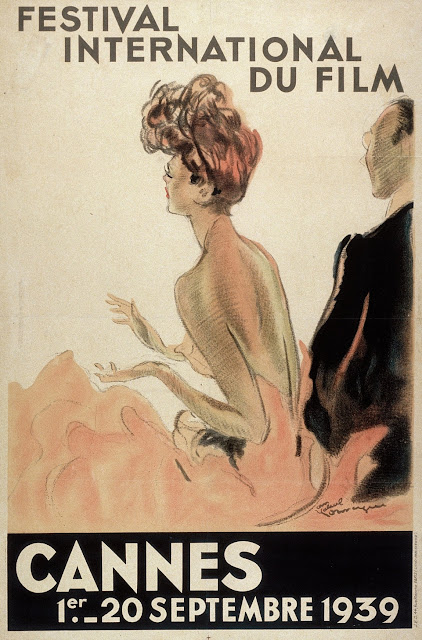 |
| Walruses - image via pixnio.com |
A new WWF-Canada guide designed to help mariners in the Hudson Strait identify and avoid marine mammals is being unveiled at a Canadian Coast Guard and Transport Canada meeting in Montreal today.
Decreasing summer sea ice has led to growing interest in Arctic shipping operations. Mining, fishing and tourism industries will all contribute to increased ship traffic through the northern corridor, which connects Hudson Bay to the Atlantic Ocean.
The Hudson Strait Mariner's Guide is made up of two large posters to be hung on the ship's bridge: a chart that will help mariners identify whales, seals, polar bears and walrus, and maps of marine mammal habitat in both summer and winter. The guide lists phone numbers so mariners can report sightings and incidents at both the national and community level, and provides operational guidance when close to or encountering marine mammals.
WWF-Canada will be presenting the guide at the Canadian Marine Advisory Council meeting today and tomorrow, and will put copies of the guides directly into the hands of shipping company owners, operators and federal regulators.
How ship traffic affects marine mammals:
- Noise from ships can make it difficult for whales to communicate with each other;
- Passing ships can disrupt feeding patterns, and will often drive marine mammals away from their usual habitat;
- Ship strikes can seriously injure marine mammals;
- In the rare event of a spill, pollution from sewage, greywater, ballast water and fuel could damage marine mammal habitats.
Andrew Dumbrille, senior specialist, sustainable Arctic shipping, says:"This is an opportunity to create a high standard for sustainable shipping practices before we see a major increase in activity in the Hudson Strait due to longer open-water periods. We hope this guide will serve as a tool for mariners to minimize disruptions to important habitat, and increase awareness in the shipping community about the wildlife that share these waters. It will also encourage mariners to work with northern communities who depend on the continued health of marine mammals for their own survival. Sharing accurate, up-to-date information makes the waters safer for all involved."
Praise for WWF-Canada's Hudson Strait Mariner's Guide
Marc Gagnon, director, government affairs and sustainability for Fednav, says:"This guide should be on every ship that passes through the Hudson Strait. We at Fednav do our best to ensure our ships don't disrupt key marine habitats, and being able to properly identify the animals and know when and how to avoid them at different times of the year makes that so much easier. These kinds of tools go a long way to making sure our shipping practices only add value to northern communities."
Captain David "Duke" Snider, CEO of Martech Polar Consulting, says:"As someone who has been on the bridge of ships for more than 35 years, I would say that a guide like this on board will be an invaluable resource to inform mariners on species they may encounter, and help mariners avoid particularly sensitive species and habitats. I would encourage those operating ships through the Hudson Strait to make use of this guide."
 |
| The Mariner's Guide for the Hudson Strait includes a chart to assist mariners in identifying marine mammals they may encounter, and provides guidelines on safe distances. (CNW Group/WWF-Canada) |
About World Wildlife Fund Canada
WWF-Canada creates solutions to the environmental challenges that matter most for Canadians. We work in places that are unique and ecologically important, so that nature, wildlife and people thrive together. Because we are all wildlife.
WWF-Canada creates solutions to the environmental challenges that matter most for Canadians. We work in places that are unique and ecologically important, so that nature, wildlife and people thrive together. Because we are all wildlife.
For more information, visit wwf.ca.
SOURCE: WWF-Canada



































